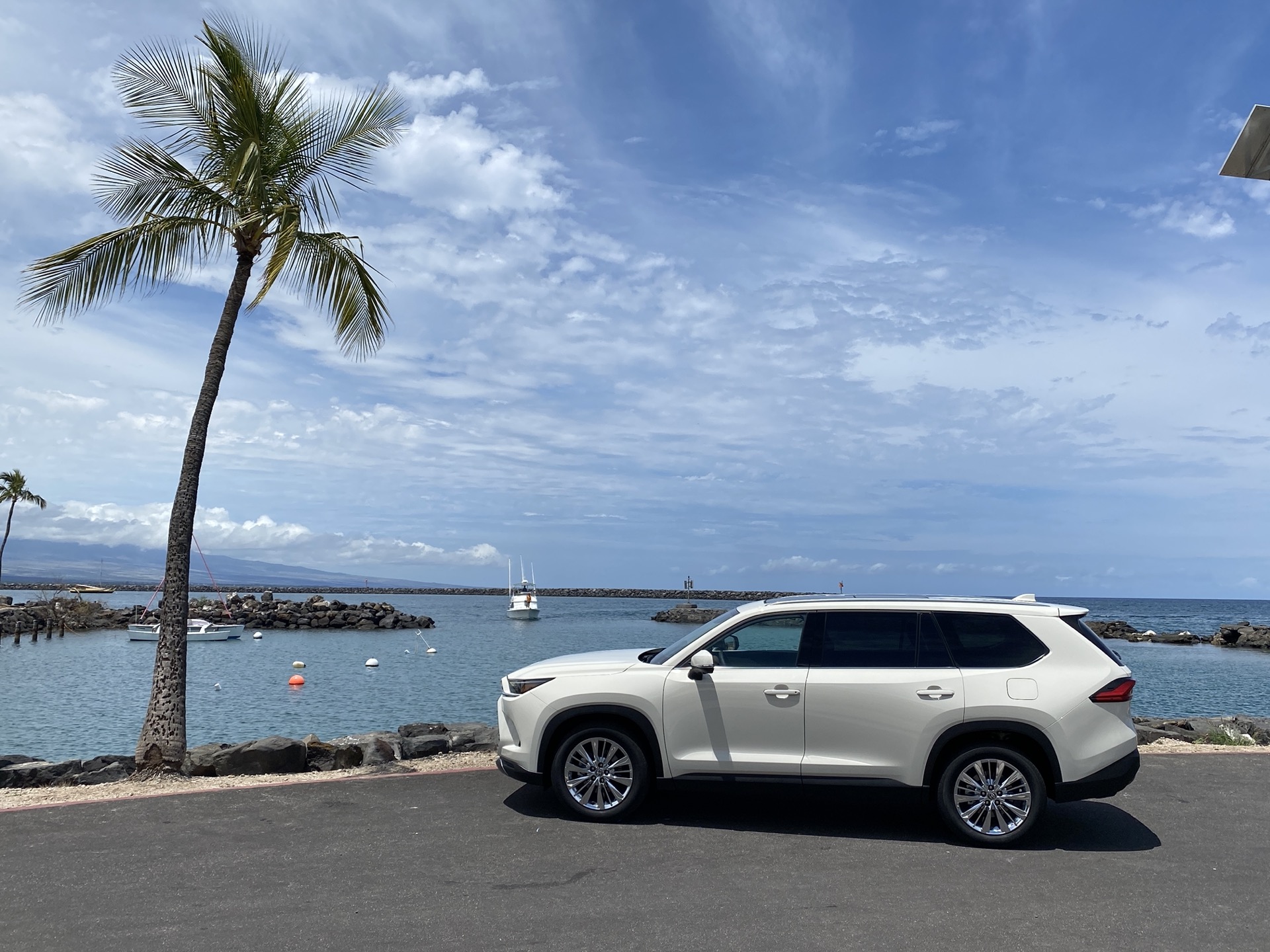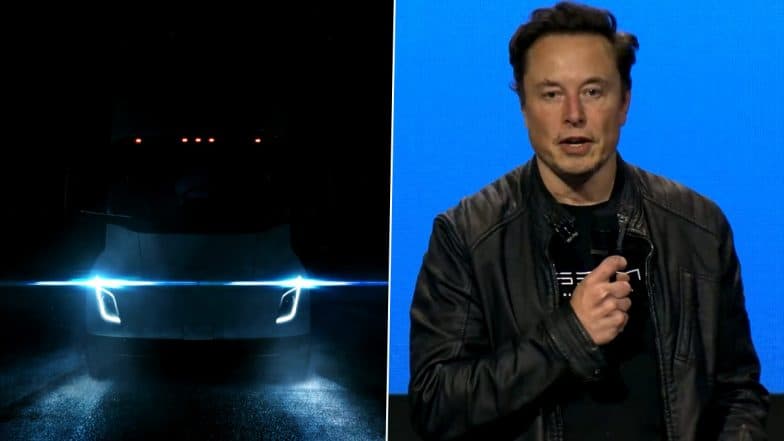4 Uses of Virtual Reality in the Auto Industry

Virtual reality (VR) technology is revolutionizing the automotive industry. It’s now possible to research, design, engineer, and produce vehicles through VR.
This ingenious technology is gaining a massive foothold with the VR market expected to grow to nearly $210 billion globally before the end of 2022.
In the automotive industry, VR technology enhances car manufacturing efficiency, reduces marketing time, and eliminates costly expenses (and waste). Simply put, implementing VR technology increases success in the highly competitive auto market.
Here are four VR applications in the automotive industry.
1. Designing and Prototyping Vehicles
Designing a car is an expensive and lengthy affair. Car design teams labor for months working with physical mock-ups—never mind dealing with a cycle of endless modifications and constantly revising previous design decisions.
All these factors can bloat a project’s budget.
But with VR, car designers can reduce manufacturing time and cut project costs. Rather than creating multiple physical mock-ups, virtual reality allows you to visualize the exterior of the car virtually, making designing a car’s prototype easier.
VR can also modify car designs in real-time, and allow multiple car designers to work simultaneously on the same virtual mockup.
2. Training Car Engineers
Car manufacturers work with competent and highly-trained car engineers. The engineers learn to assemble specific car models using observation-based methods, which, unfortunately, increases car damage risks during manufacturing.
Virtual reality-based training is different. It places car engineers in a virtual environment where they can train and safely make mistakes. To put it another way, VR technology makes the training process more efficient and error-free.
Then again, VR enhances safety. Engineers can work safely in dangerous and life-threatening situations (such as assembling heavy car parts and engines).
3. Creating VR Auto Showrooms
Ever bought a car in a dealership? If so, was it your dream car? Probably not.
Test-driving a car is part of the car buying experience, but, odds are, you might never find a carin a dealership with similar features as your dream car. Dealerships keep just a few cars on the lot. So, you may never see your future car in reality.
On the flipside, VR technology immerses users in a virtual showroom where they can inspect a car’s interior and exterior and even get into the driver’s seat virtually—all without leaving the comfort of their home.
Using a virtual showroom car configurator, potential car buyers can also customize their choice cars from wherever they are using VR devices. VR takes you into the future.
4. Improves Safety of Self-Driving Cars
Self-driving cars are already here. Technology giants such as Google and Uber are working on ways to enhance their safety. And this calls for testing the vehicles.
Autonomous cars are self-driving but when it comes to testing them, a real driver is required behind the wheel to ensure the safety of other cars and pedestrians—that is, in case a system error or emergency occurs.
In a virtual environment, self-driving cars make mistakes safely, hit pedestrians, and even crash on other cars without inflicting physical damages or injury. Using VR technology, an autonomous car can be tested without the need of a human being.
If dealerships can embrace VR technology, customers can customize their dream car and safely test-drive it. The future’s still bright. It might happen soon.




